MINI Cooper looks to the future with its first electric car
After a hiatus, the first electric MINI Cooper S has finally arrived and it does not disappoint
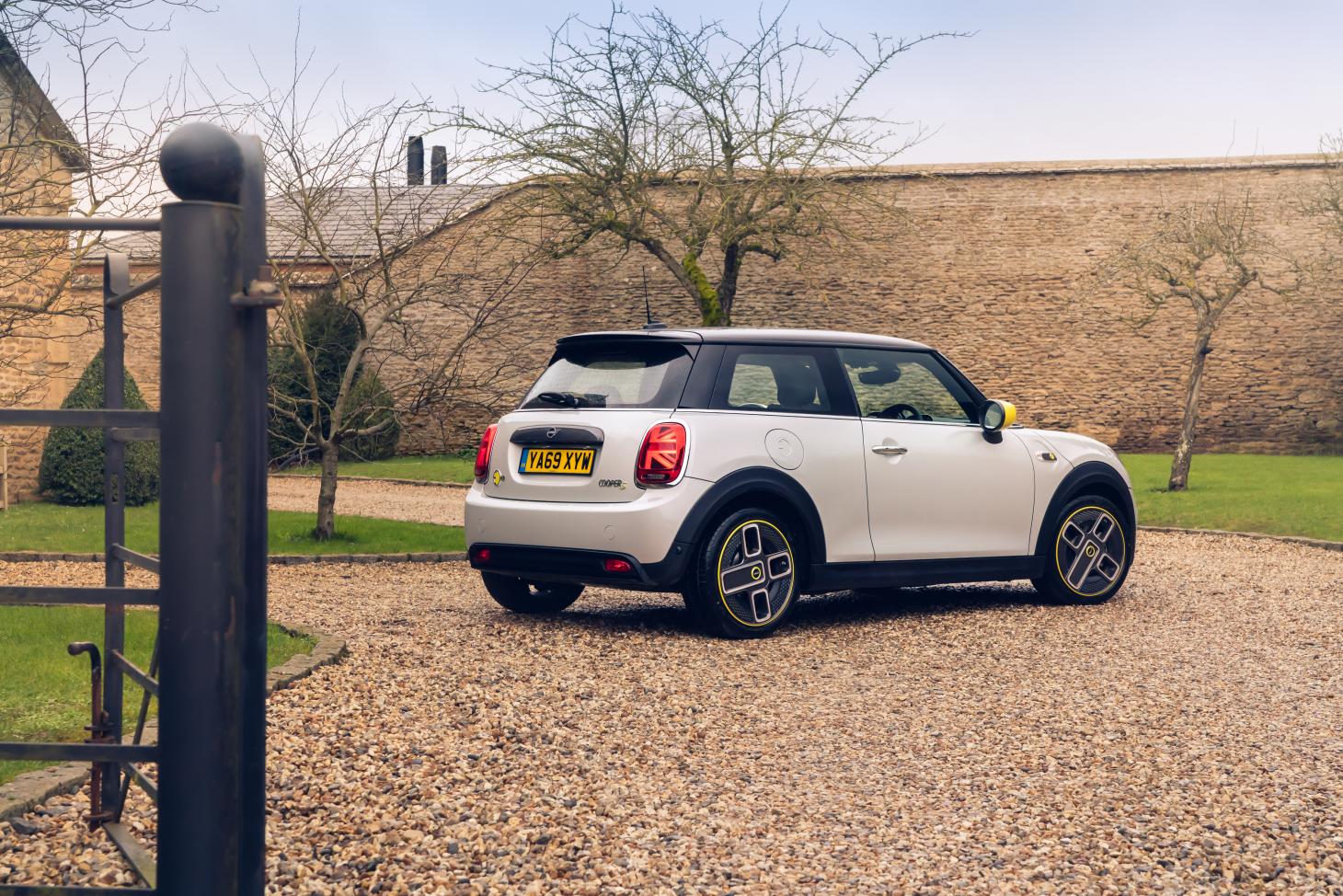
MINI began its electric drive experience at Plant Oxford, where we were treated to the making of a MINI Electric car, a complex scene that shows the newly electrified vehicles sharing their assembly line with conventional petrol and diesel cars. This facility can make up to 1,000 cars a day, one every 67 seconds, with the flexibility to build MINI Electrics on demand. So far, there have been 2,000 pre-orders in the UK alone.
The first electric MINI arrives after a hiatus, following concept cars and consumer tests. As we depart Oxford towards the Cotswolds, it's clear that MINI has captured the character of its regular models in this pure electric version; superbly sprightly to run, together with the familiar go-kart driving feel. There is improved weight distribution with the new suspension technology allowing a centre of gravity that is some 30mm lower than in the Cooper S, and there is some weight loss over the front wheels due to the positioning of the electric motor. All this, we are told, contributes to the dynamic driving experience.
Performance stays close to the hot-hatch MINI Cooper S. The battery pack is arranged in a T-shaped in the vehicle floor between the front seats and below the rear seats, for a capacity of 32.6 kWh. The motor is the latest, powerful version of BMW’s synchronous electric motor for a maximum output of 184 horsepower and torque of 270 Nm with acceleration to 62 mph in a decent 7.3 seconds. To charge, you can use a home and public cable, which come as standard with the car and are designed for AC and DC charging. At a 50kW DC fast-charging station, an 80 per cent charge is reached in 35 minutes. Then, to comply with EU regulations and to warn pedestrians on low speeds and in cities, the MINI Electric comes replete with its own distinctive musical note.
This may be a highly technical car, yet the design does little to convey this message. Instead, the looks and size are similar to the three-door MINI Hatch, with some aesthetic electric tweaks – embossed electric branded logos on the side scuttles, tailgate and radiator grille. The latter features the classic hexagonal shape, closed here since electric cars requires little cooling. This feature, alongside enclosed undercarriage, the rear apron and the 17-inch two-tone wheels, helps improve the car’s overall aerodynamics.
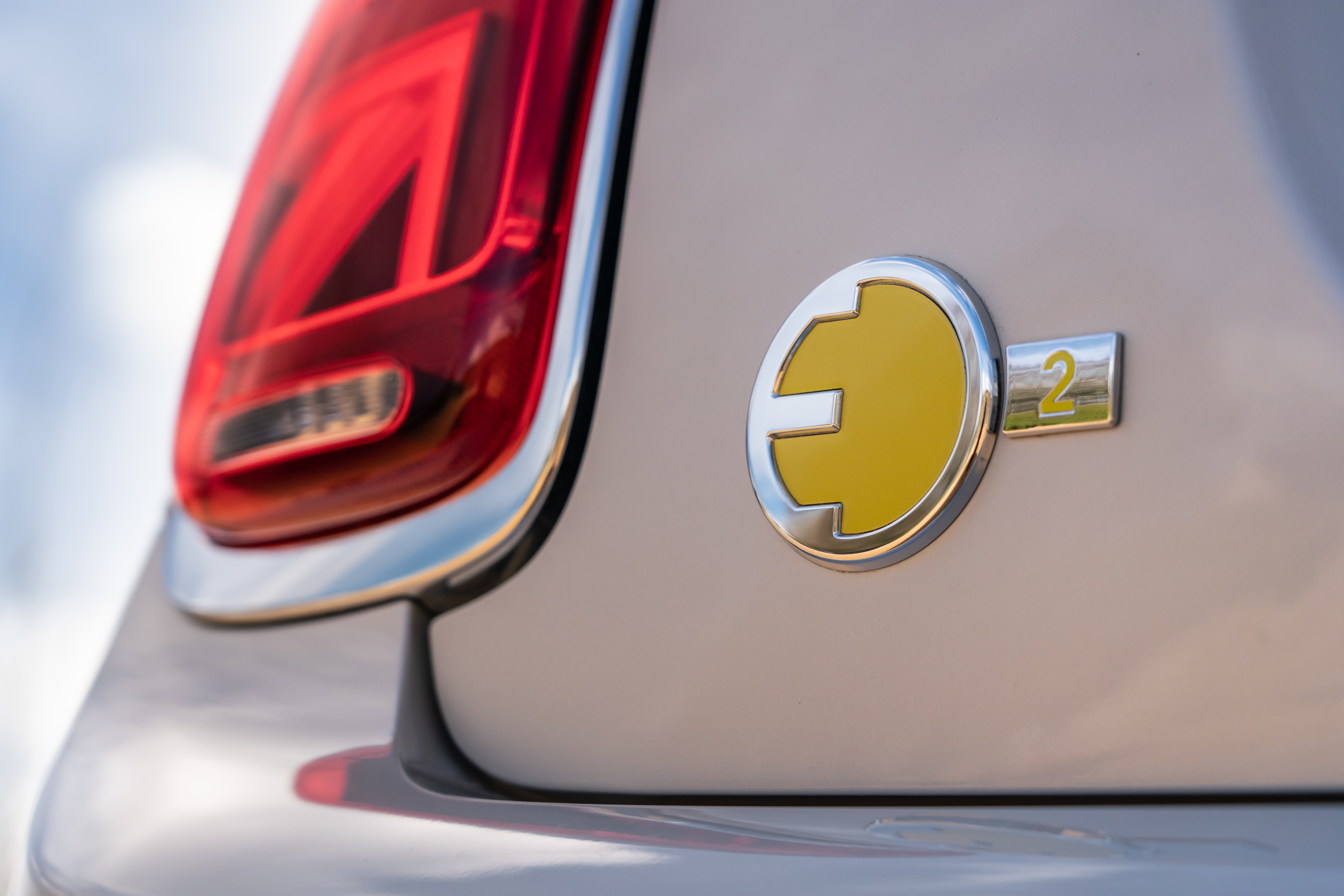
When we met the marque’s design director Oliver Heilmer a few months ago, he expressed strong views on the subject of visually communicating electric cars. Whereas some brands, he feels, need to be bold about their technology and sustainability ethics, MINI has a different response. ‘Our drivers care about the technology, but this is not why they buy these cars. They want to personalise them,’ he says, adding that the cars are largely seen as fashion items. MINI is encouraging customers to personalise their cars. So, regardless of the trim level, all exterior finishes can be combined with roof and exterior mirror caps in body finish, or in black or white. You can also customise your alloys in 16 and 17 inches, including the exclusive Corona Spoke alloy designed for this car. Heilmer feels customisation will be an even big focus for MINI in the future.
The interior design also evolves that of the non-electric siblings. The main differentiator is the digital dashboard with a 5.5-inch colour screen positioned behind the steering wheel through which the driver can select a preferable driving mode and monitor battery range, observe speed, traffic information and navigate to the nearest charging station. There are four driving modes to choose from – Sport, Mid, Green and Green+. The last is especially handy for emergency situations when the MINI autonomously deactivates all extra comfort functions such as air conditioning to save power. Tested, it works rather well to alarm the driver, even if it may also set off panic sirens. Finally, when charging, in a classic MINI cheeky way, the dash colour hue moves progressively towards green.

The MINI Electric design may seem a touch cautious, yet this is a highly accomplished product. The makers have spent time developing the car, since 2008 quietly testing the concept through the MINI E pilot project. Feedback and findings from potential customers’ interactions and reactions have helped form this production car. Sir Alec Issigonis's original, launched in 1959, was an egalitarian car born into volatile socio-political times when the Suez Crisis forced an oil shortage and the need for more affordable motoring. We’re now facing even more uncertain times and much bigger challenges. Our driving route during the second day takes us to a wind farm, where we are encouraged to brave the strong gusts and biting cold and climb inside a wind turbine as an engineer explains the mechanics of this slightly daunting object, energy from which will theoretically power the MINI Electric and its kind.
As we hand over the keys, we are presented with a selection of experts working towards a sustainable eco-system to support the growing number of electric cars occupying our roads. One discusses the possibilities of renewable energy, the other offers ideas on the reuse of end-of-life batteries. Making privately owned electric cars an ecological and ethical argument will require this kind of collective vision. It still feels like early days in the quest for a completely sustainable model, but it is good to see MINI starting to take a more holistic approach.
INFORMATION
MINI Electric, available from March 2020, from £24,400
www.mini.co.uk
Receive our daily digest of inspiration, escapism and design stories from around the world direct to your inbox.
A writer and editor based in London, Nargess contributes to various international publications on all aspects of culture. She is editorial director on Voices, a US publication on wine, and has authored a few lifestyle books, including The Life Negroni.
-
 Terrified to get inked? This inviting Brooklyn tattoo parlour is for people who are 'a little bit nervous'
Terrified to get inked? This inviting Brooklyn tattoo parlour is for people who are 'a little bit nervous'With minty-green walls and an option to 'call mom', Tiny Zaps' Williamsburg location was designed to tame jitters
-
 Let’s hear it for the Chopard L.U.C Grand Strike chiming watch
Let’s hear it for the Chopard L.U.C Grand Strike chiming watchThe Swiss watchmaker’s most complicated timepiece to date features an innovative approach to producing a crystal-clear sound
-
 Form... and flavour? The best design-led restaurant debuts of 2025
Form... and flavour? The best design-led restaurant debuts of 2025A Wallpaper* edit of the restaurant interiors that shaped how we ate, gathered and lingered this year
-
 Rivian hits Miami Art Week to release R1S Quad Miami Edition, a new colour and a scent
Rivian hits Miami Art Week to release R1S Quad Miami Edition, a new colour and a scentVivid sights and evocative smells are part of Rivian’s quest to humanise its all-electric SUVs
-
 RBW EV brings a much-loved classic sports car aesthetic into the modern era
RBW EV brings a much-loved classic sports car aesthetic into the modern eraThe RBW Roadster and GT hark back to a golden age of sports car design. Under the skin, these British-built machines feature bespoke all-electric running gear
-
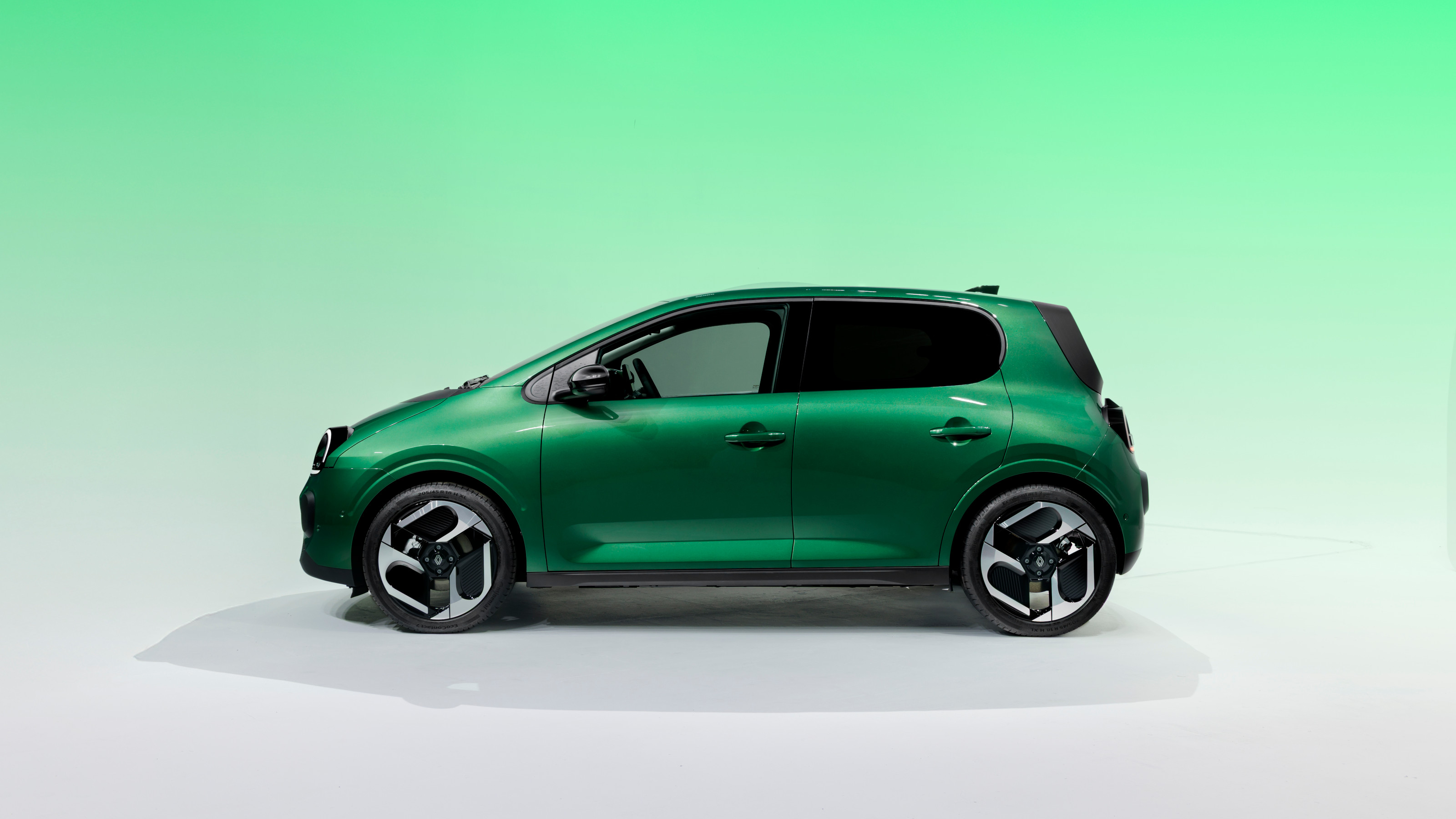 All hail the compact new Renault Twingo E-Tech – the city car is back in style
All hail the compact new Renault Twingo E-Tech – the city car is back in styleRenault continues to pay homage to its heritage by combining it with 21st-century technology. The new Twingo E-Tech is another winner
-
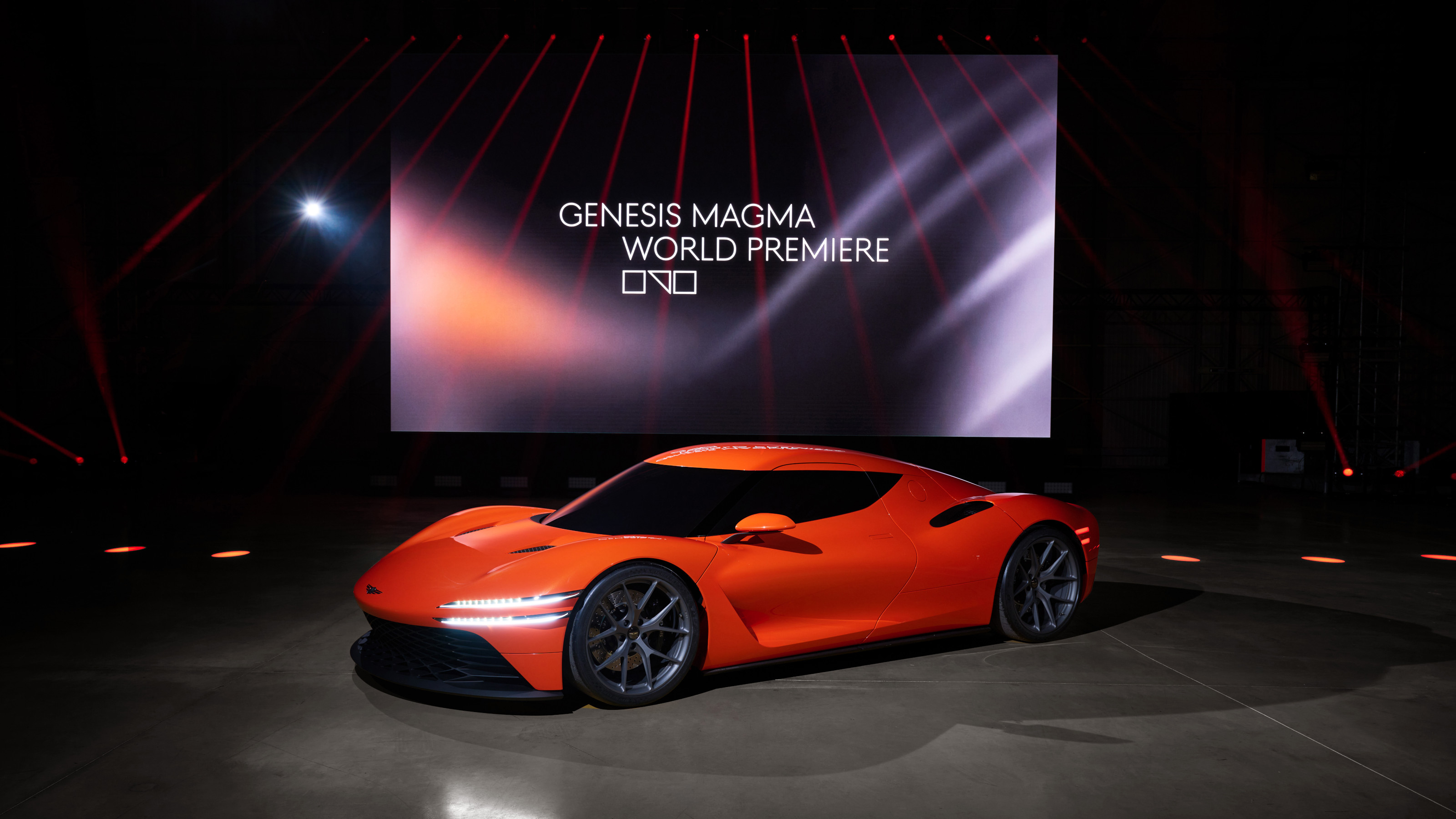 Genesis turns up the heat with its new Magma performance sub-brand
Genesis turns up the heat with its new Magma performance sub-brandGenesis has revealed the hot new GV60 Magma and striking Magma GT Concept in its quest to own luxury performance
-
 Around London in sybaritic silence with the majestic all-electric Lunaz Phantom V
Around London in sybaritic silence with the majestic all-electric Lunaz Phantom VClassic electrifier Lunaz has turned its skilled hands to the Rolls-Royce Phantom V. We sample the ultimate in zero-emission luxury on the streets of London
-
 Avatr Vision Xpectra concept transforms cars into ‘emotionally intelligent companions’
Avatr Vision Xpectra concept transforms cars into ‘emotionally intelligent companions’Revealed in Munich, electric car maker Avatr’s futuristic Vision Xpectra is a car that is not only beautiful, but a true form of ‘emotive luxury’
-
 Dacia wants to make small cars great again – all hail the new Hipster Concept
Dacia wants to make small cars great again – all hail the new Hipster ConceptThe best way to minimise energy use in all its forms is to downsize. The Dacia Hipster Concept is a smart way of making a practical car way more pint-sized
-
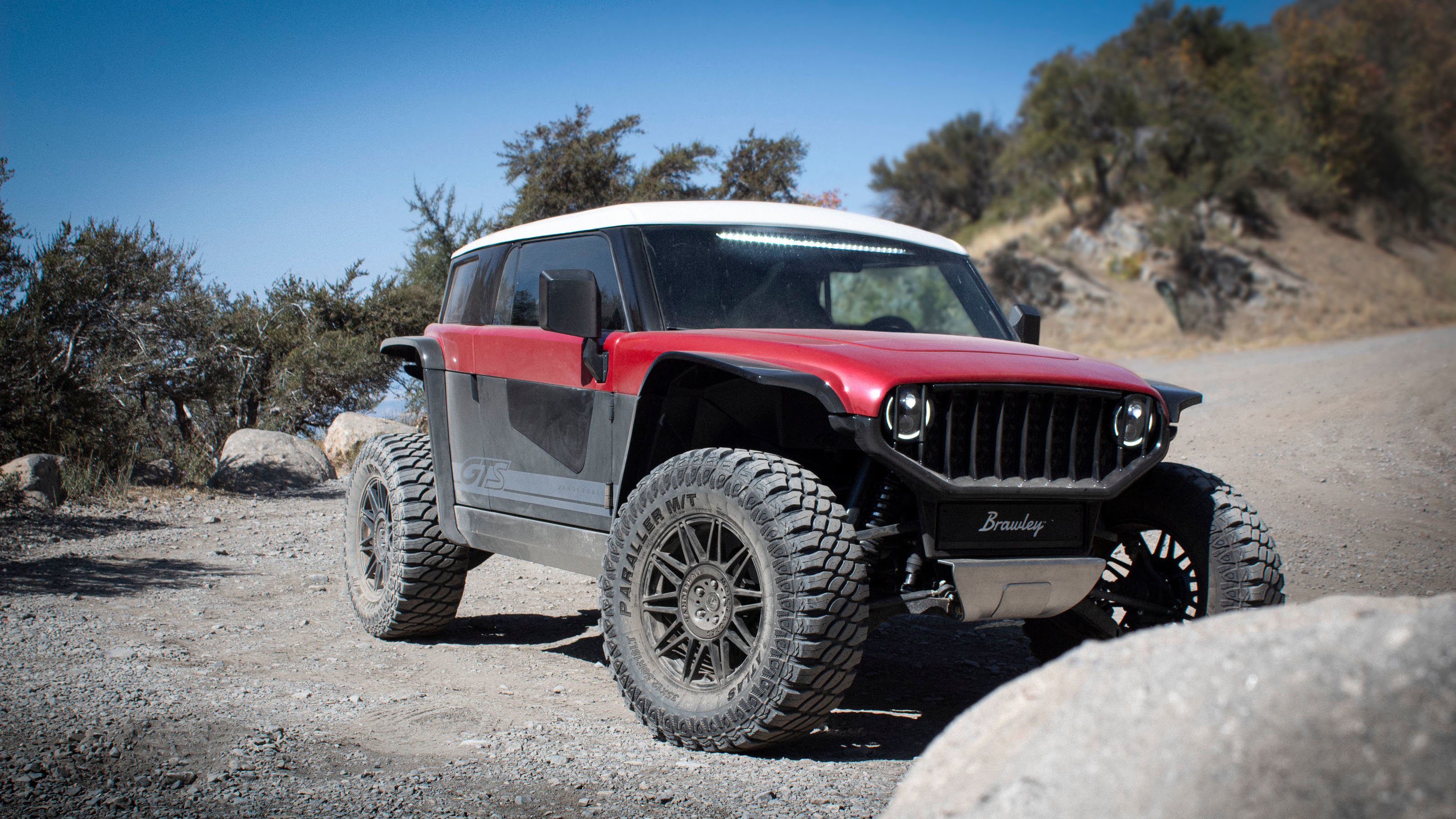 The Vanderhall Brawley GTS is a compact but mighty electric off-roader
The Vanderhall Brawley GTS is a compact but mighty electric off-roaderDeliveries of Vanderhall’s Brawley GTS have started, bringing zero-emission trail driving to enthusiasts across America